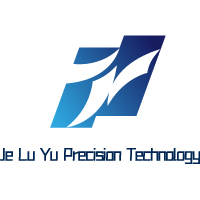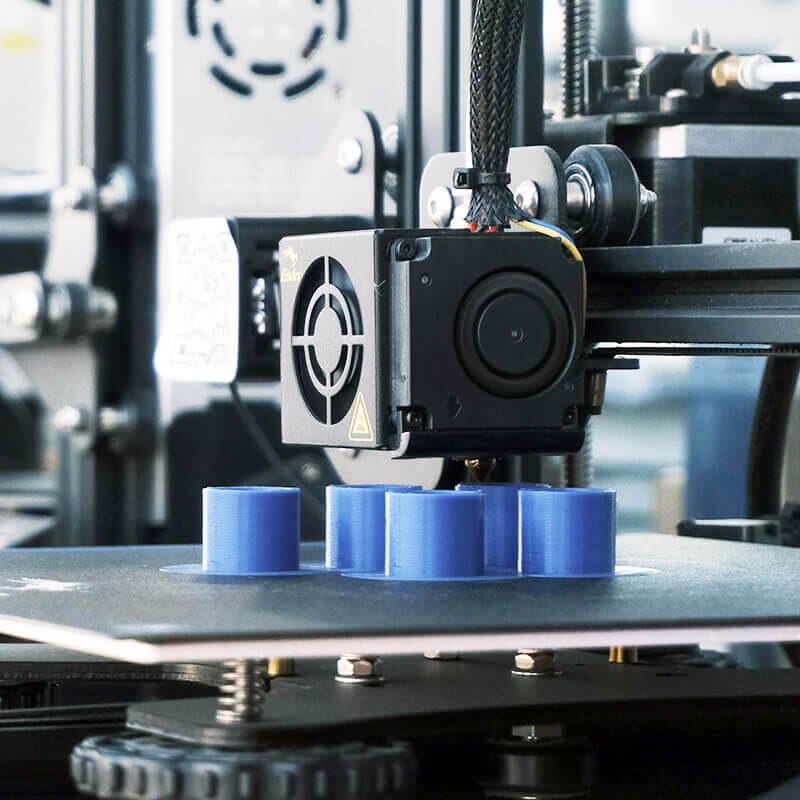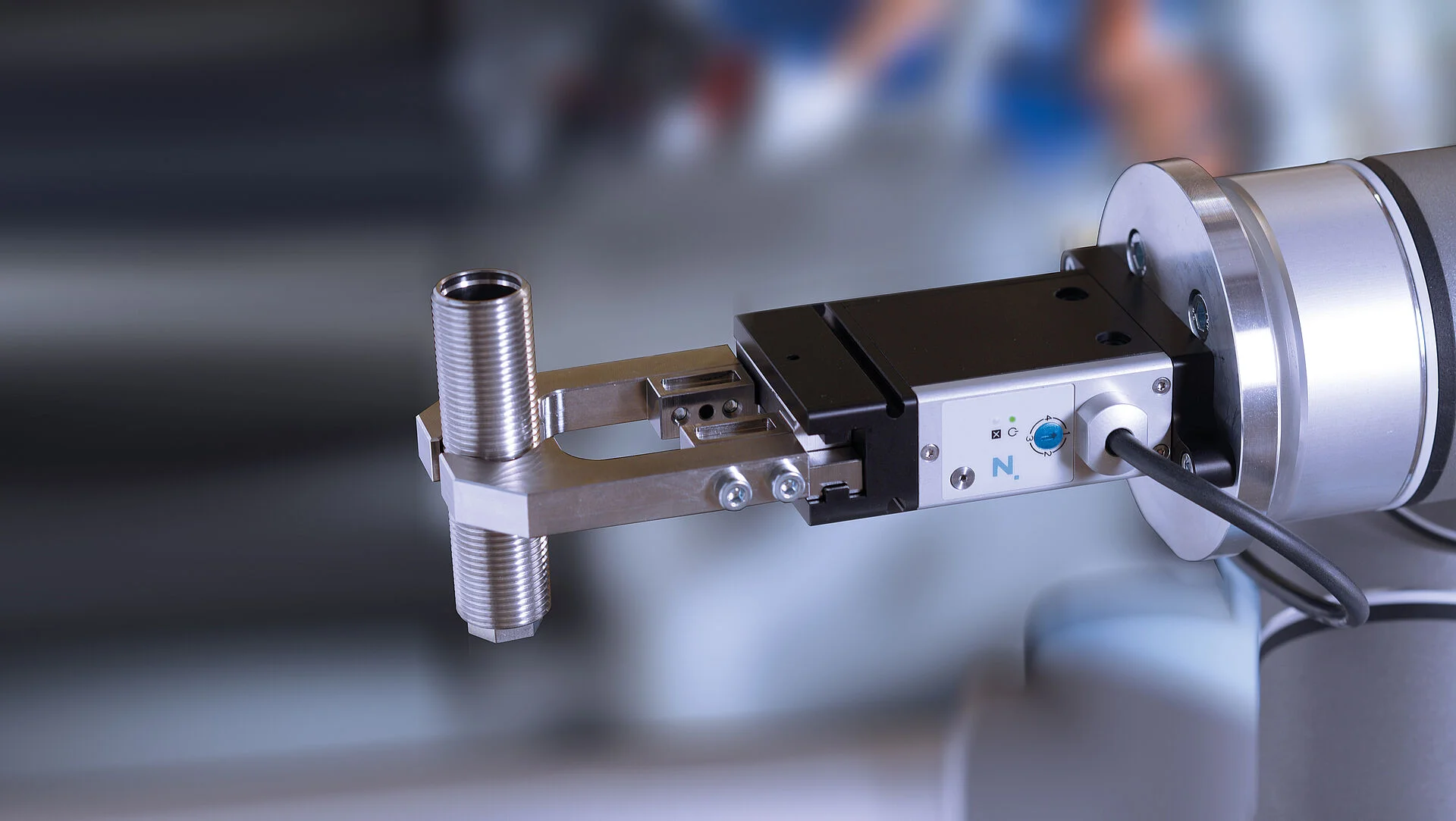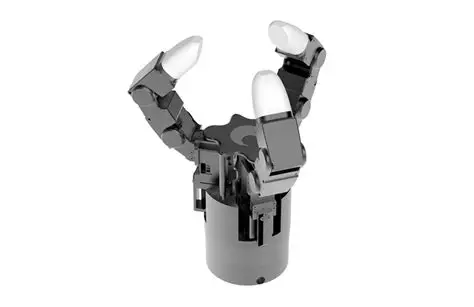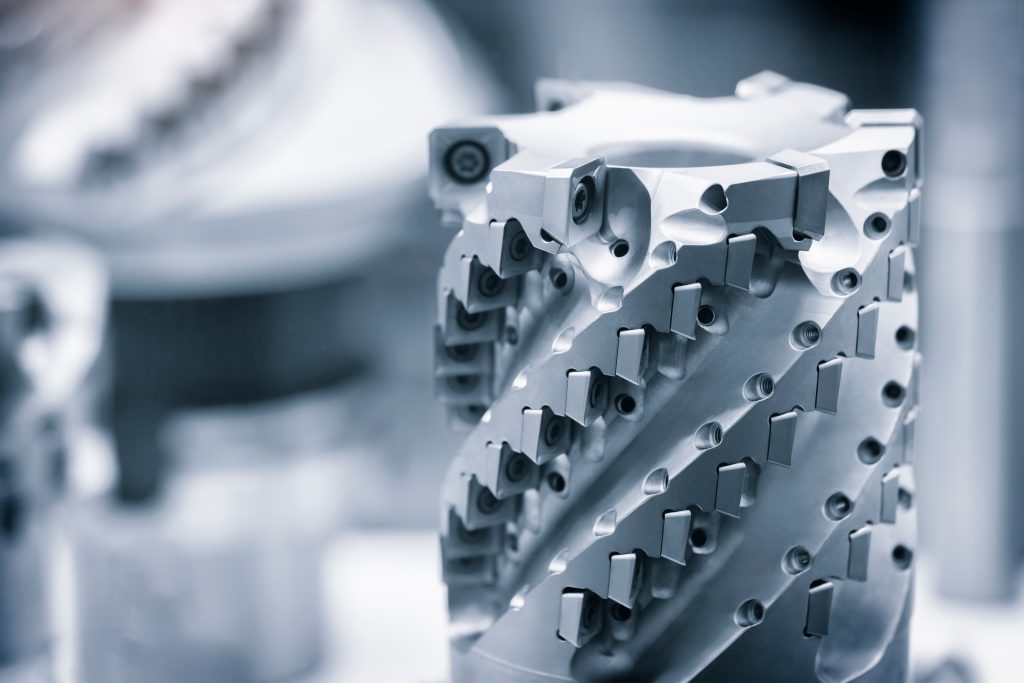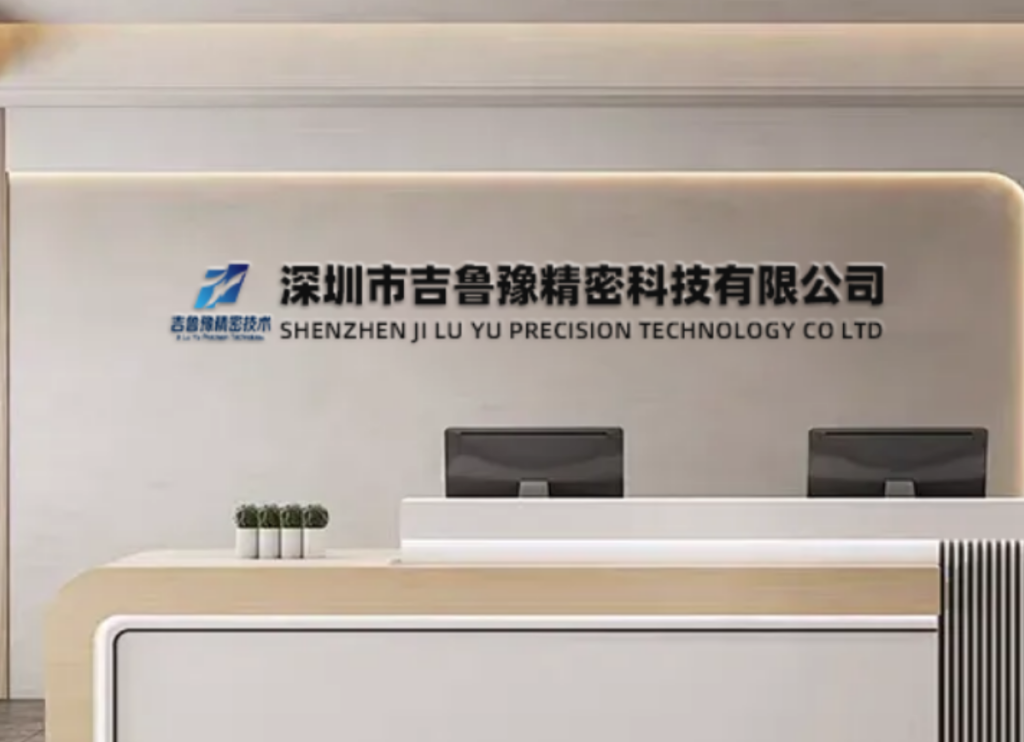Introduction
Fused Deposition Modeling (FDM) has quietly evolved from hobbyist curiosity to factory-floor workhorse. Modern gantry systems reach 400 °C, extrude carbon-filled nylons, and hold ±0.1 mm tolerances—rivaling aluminum machining on geometries that would require five-axis work. At JLYPT we operate 140 industrial FDM cells, including 8 large-format Modix BIG-120X units. This guide walks you through material science, design rules, cost drivers, and three recent case studies that saved clients over $120 k in tooling costs.
Fused Deposition Modeling (FDM) has quietly evolved from hobbyist curiosity to factory-floor workhorse. Modern gantry systems reach 400 °C, extrude carbon-filled nylons, and hold ±0.1 mm tolerances—rivaling aluminum machining on geometries that would require five-axis work. At JLYPT we operate 140 industrial FDM cells, including 8 large-format Modix BIG-120X units. This guide walks you through material science, design rules, cost drivers, and three recent case studies that saved clients over $120 k in tooling costs.
Table 1 — FDM Materials Overview (2025 Update)
| Grade | Tensile (MPa) | HDT (°C) | Impact (kJ/m²) | Key Features | Typical Uses |
|---|---|---|---|---|---|
| ABS-ESD Black | 42 | 95 | 28 | Static-dissipative | Electronics trays |
| PC-ABS FR | 60 | 110 | 45 | UL94 V-0 | Enclosures, drones |
| PETG-CF | 70 | 75 | 35 | Carbon-stiff | Structural brackets |
| Nylon 12 CF | 110 | 120 | 55 | Light-weight metal substitute | End-use arms |
| TPU 95 A | 35 | 60 | 90 | Fatigue-resistant | Shoe midsoles |
| PEEK | 100 | 250 | 85 | Autoclave sterilizable | Medical tooling |
Table 2 — Resolution vs. Build Speed vs. Cost
| Layer Height (mm) | XY Tolerance (±mm) | Speed (mm/s) | Relative Cost | Visual Finish | Best For |
|---|---|---|---|---|---|
| 0.40 | 0.20 | 120 | 1× | Ribbed | Fast draft |
| 0.25 | 0.15 | 80 | 1.3× | Visible layers | Functional test |
| 0.15 | 0.10 | 60 | 1.8× | Light texture | End-use housing |
| 0.10 | 0.08 | 40 | 2.5× | Near-injection | Display models |
| 0.05 | 0.05 | 25 | 4× | Ultra-smooth | Precision jigs |
Section 1 — Design Rules That Matter
1.1 Wall Thickness
• Standard 0.4 mm nozzle → 1.0 mm minimum wall (2 perimeters).
• Carbon-filled grades → 1.5 mm to hide fiber print-through.
• Standard 0.4 mm nozzle → 1.0 mm minimum wall (2 perimeters).
• Carbon-filled grades → 1.5 mm to hide fiber print-through.
1.2 Overhangs & Supports
• Rule of 45° still holds for ABS and PLA; PETG tolerates 55°.
• Use breakaway PLA supports for internal channels—dissolves in warm water.
• Rule of 45° still holds for ABS and PLA; PETG tolerates 55°.
• Use breakaway PLA supports for internal channels—dissolves in warm water.
1.3 Holes & Pins
• Vertical holes: design +0.2 mm Ø to compensate for polygon faceting.
• Horizontal holes: use tear-drop shape to avoid elliptical distortion.
• Vertical holes: design +0.2 mm Ø to compensate for polygon faceting.
• Horizontal holes: use tear-drop shape to avoid elliptical distortion.
1.4 Threads
• M3–M6: print undersized by 0.15 mm, chase with tap.
• For repetitive assembly, embed brass heat-set inserts at 200 °C.
• M3–M6: print undersized by 0.15 mm, chase with tap.
• For repetitive assembly, embed brass heat-set inserts at 200 °C.
Section 2 — Large-Format FDM: What Changes?
Our Modix BIG-120X offers 600 × 600 × 600 mm.
• Heated chamber 80 °C → eliminates ABS warping up to 400 mm length.
• 1.2 mm nozzle cuts print time 70 % on bulky housings.
• Downside: ±0.3 mm tolerance; compensate with machining allowance on critical faces.
• Heated chamber 80 °C → eliminates ABS warping up to 400 mm length.
• 1.2 mm nozzle cuts print time 70 % on bulky housings.
• Downside: ±0.3 mm tolerance; compensate with machining allowance on critical faces.
Table 3 — Cost Benchmark: FDM vs. Injection Molding (1,000 pcs)
| Metric | FDM (Nylon CF) | Injection Mold (PA66 GF30) |
|---|---|---|
| Tooling Cost | $0 | $18,000 |
| Part Cost | $8.50 | $1.30 |
| Lead Time | 5 days | 6 weeks |
| Design Change Cost | $0 | $2,000 |
| Break-even Volume | — | 2,500 pcs |
| Conclusion: FDM wins below 2,500 units or when design freeze is uncertain. |
Section 3 — Post-Processing & Quality Control
| Operation | Equipment | Tolerance Achieved | Typical Adder |
|---|---|---|---|
| CNC facing | Haas VF-2 | ±0.02 mm | $0.10 / cm² |
| Vapor smoothing | Stratasys Vantage | Ra 1.2 µm | $0.05 / cm² |
| Heat-staking inserts | Ultrasonic | ±0.05 mm | $0.03 / insert |
| Tapping threads | Robot arm | 6H fit | $0.08 / hole |
Every batch undergoes:
• First-article inspection with Keyence 3D scanner.
• In-process laser line sensor for layer adhesion faults.
• Final CMM report emailed to client.
• First-article inspection with Keyence 3D scanner.
• In-process laser line sensor for layer adhesion faults.
• Final CMM report emailed to client.
Section 4 — Case Studies
Case A — Automotive HVAC Duct
Client: Tier-1 EV supplier
Challenge: 380 mm long duct, 90 °C service, 200-piece pilot run.
Solution: Printed in PC-ABS FR on the BIG-120X, 0.25 mm layers. Split into two shells with tongue-and-groove joints, bonded with methylene chloride. CNC faced the flange interface to ±0.05 mm.
Result: Passed FMVSS 302 burn test; saved $38 k in aluminum tooling.
Client: Tier-1 EV supplier
Challenge: 380 mm long duct, 90 °C service, 200-piece pilot run.
Solution: Printed in PC-ABS FR on the BIG-120X, 0.25 mm layers. Split into two shells with tongue-and-groove joints, bonded with methylene chloride. CNC faced the flange interface to ±0.05 mm.
Result: Passed FMVSS 302 burn test; saved $38 k in aluminum tooling.
Case B — Wearable Medical Brace
Client: Health-tech start-up
Challenge: Custom lattice for breathability, TPU 95 A, 50 unique sizes.
Workflow:
Client: Health-tech start-up
Challenge: Custom lattice for breathability, TPU 95 A, 50 unique sizes.
Workflow:
-
Foot scan → Fusion 360 generative lattice.
-
0.20 mm layers, 100 % infill at load zones.
-
Dye-sublimated straps post-print.
Outcome: 48-hour turnaround per patient, 30 % lighter than traditional foam.
Case C — Food-Grade PETG Dispenser
Client: Beverage OEM
Challenge: Transparent hopper, 5 L volume, FDA contact.
Solution: Printed in crystal-clear PETG with 0.15 mm layers, vapor-polished interior. Threads chased to G 3/4 BSPP. Passed USP VI cytotoxicity.
Lead time: 10 days vs. 12-week injection mold.
Client: Beverage OEM
Challenge: Transparent hopper, 5 L volume, FDA contact.
Solution: Printed in crystal-clear PETG with 0.15 mm layers, vapor-polished interior. Threads chased to G 3/4 BSPP. Passed USP VI cytotoxicity.
Lead time: 10 days vs. 12-week injection mold.
Section 5 — Pricing & Lead Times
| Build Volume | Layer | ABS | PETG-CF | Nylon-CF | Rush (24 h) |
|---|---|---|---|---|---|
| < 100 cm³ | 0.15 mm | $0.06 / cm³ | $0.09 / cm³ | $0.12 / cm³ | +100 % |
| 100–1,000 cm³ | 0.20 mm | $0.05 / cm³ | $0.07 / cm³ | $0.10 / cm³ | +100 % |
| 1,000–10,000 cm³ | 0.30 mm | $0.04 / cm³ | $0.06 / cm³ | $0.08 / cm³ | +100 % |
| > 10,000 cm³ | Custom | Custom | Custom | Custom | Custom |
Prices include support removal, light sanding, and dimensional report.
Section 6 — Sustainability & Closed-Loop Grinding
• 92 % of support waste is pelletized into RePLA for non-critical jigs.
• Heated chambers run on solar thermal pre-heat, cutting kWh by 18 %.
• Take-back program shreds end-of-life parts into acoustic panels.
• Heated chambers run on solar thermal pre-heat, cutting kWh by 18 %.
• Take-back program shreds end-of-life parts into acoustic panels.
Section 7 — FAQ
Q: Can FDM achieve injection-mold surface?
A: Yes—vapor smoothing + 0.10 mm layers reach Ra 1 µm, suitable for consumer electronics.
A: Yes—vapor smoothing + 0.10 mm layers reach Ra 1 µm, suitable for consumer electronics.
Q: Maximum overhang without supports?
A: 55° for PETG, 45° for ABS. Bridging up to 50 mm at 25 mm/s.
A: 55° for PETG, 45° for ABS. Bridging up to 50 mm at 25 mm/s.
Q: Threaded brass inserts temperature?
A: 200 °C for ABS/PC, 180 °C for PLA to avoid deformation.
A: 200 °C for ABS/PC, 180 °C for PLA to avoid deformation.
